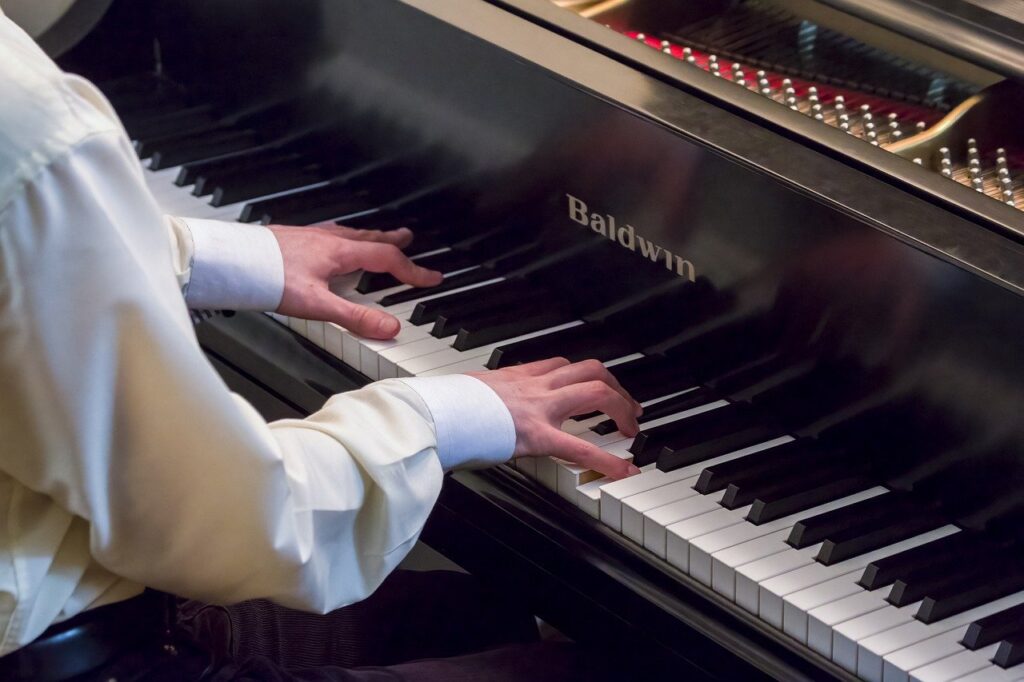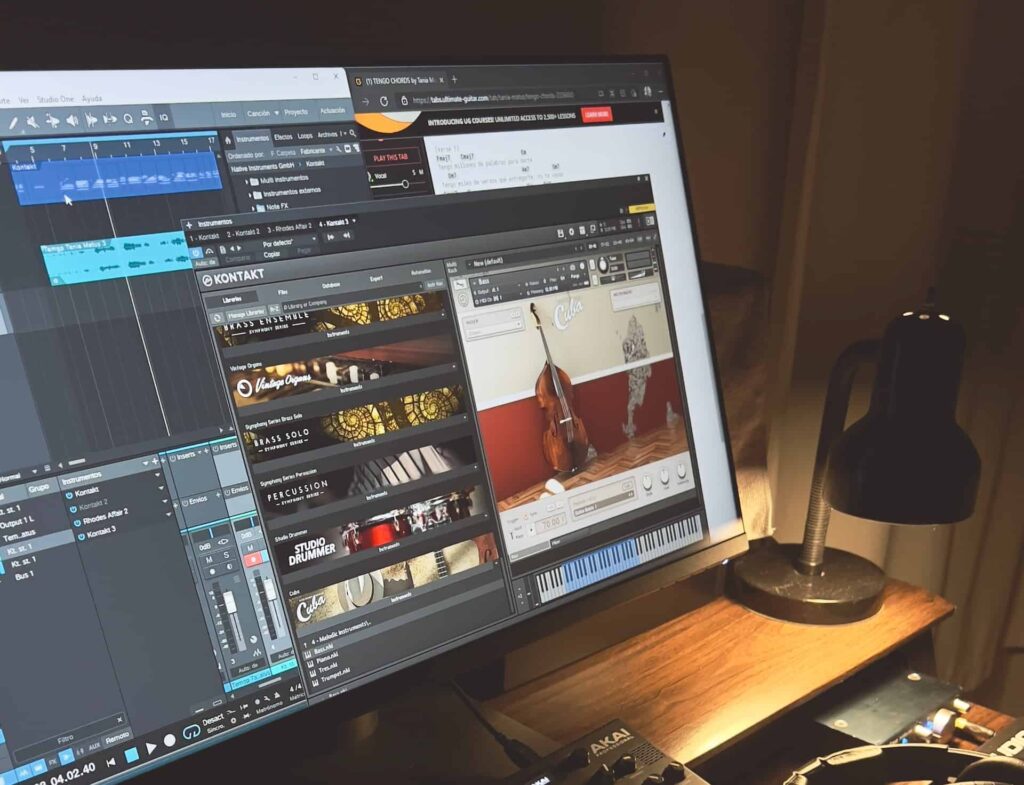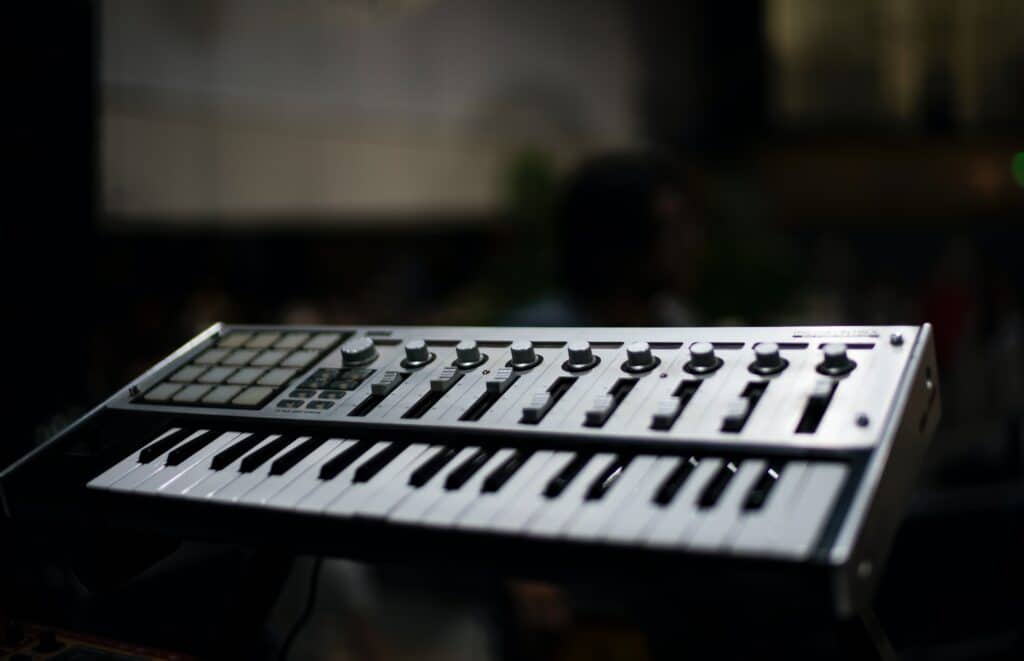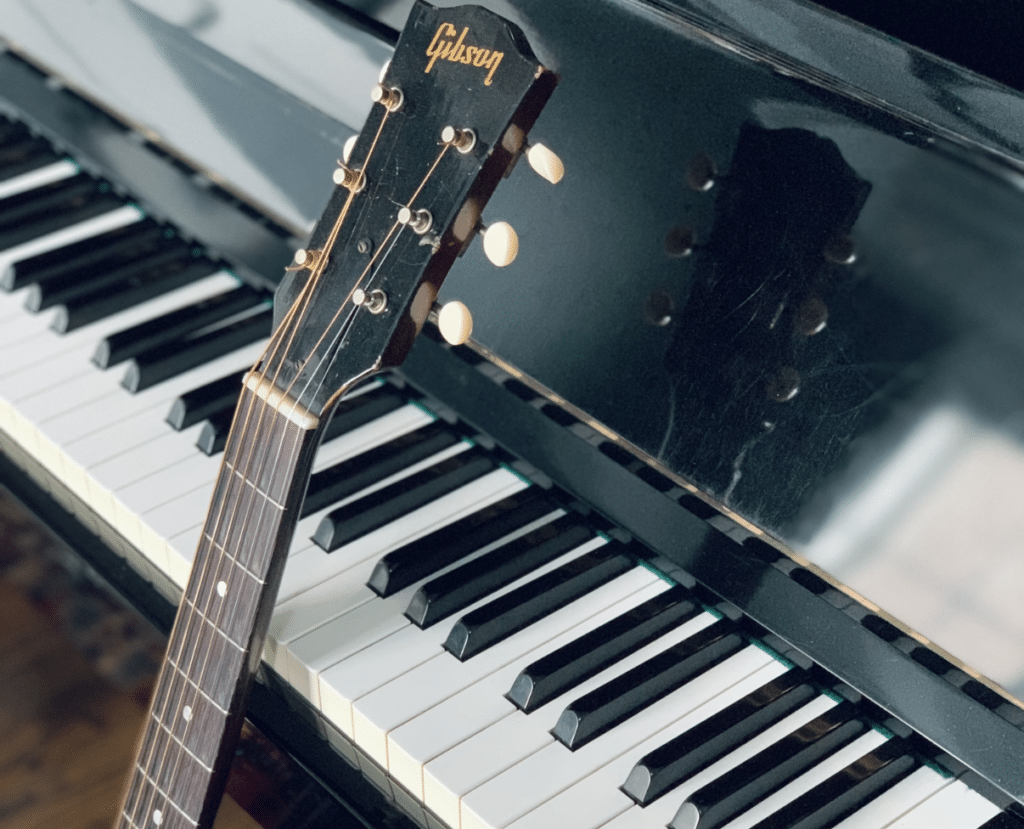A piano is one of the most popular musical instruments, but if you have a peek inside it, you will notice that it is one of the most complex instruments.
It will originate a thought, whether a stringed instrument or a percussion one. A piano has strings inside it, and it also has a uniform row of hammers.
In a Hornbostel-Sachs system Trusted Source Instrument Classification | Mary K. Oyer African Music Archive | Goshen College Hornbostel-Sachs instrument classification system was created by Erich Moritz von Hornbostel and Curt Sachs. Among ethnomusicologists, it is the most widely used system for classifying musical instruments. www.goshen.edu of musical instrument categorization, it is chordophone type. It has strings just like a harp or a lyre, which are stretched from one point to another.
These strings produce sound when they vibrate. But inside a piano, these vibrations are by hammers that hit the strings, and you don’t have to pluck them to vibrate and cause sound.
Hence, whether a piano is a strung instrument or a percussion instrument.
So, scroll down to solve this debate once and for all.
 Classification of Different Musical Instruments
Classification of Different Musical Instruments
You must understand how different musical instruments are classified. There have been various systems in which societies classify different musical instruments.
Early Classification Systems
Back in the 1st Century BC, Hindus categorized different instruments based on the materials used to make them. So, they came up with four different categories, including percussion instruments, vibrating columns of wood or metal, vibrating strings, and percussion instruments made of skin.
In the 4th Century BC, the Chinese inherited this system. After that, in the 19th Century, Victor Mahillon, a music instrument curator, improved on that system and created four groups, including winds, drums, strings, and percussion.
Hornbostel-Sachs System
From there, Curt Sachs and Eric Moritz von Hornbostel refined the categorization system of Million even further and developed their system called the Hornbostel-Sachs system. This system categorizes different instruments relying on how they vibrate and produce sound.
This system has been revised many times, but it still is the most popular system to categorize musical instruments. The four different major groups in this system to categorize different instruments are:
- Electrophones – instruments that produce electronic sounds.
- Chordophones are instruments that produce sounds by strings stretched from one point to another.
- Idiophones – instruments that vibrate to produce sounds.
- Membranophones – instruments that produce sounds using a vibrating membrane.
How Does a Piano Work?
First, you must understand how a piano works to categorize it as a strung or percussion instrument.
There are 52 white keys and 36 different black keys on a piano. And inside this instrument, there are hundreds of strings that contract as soon as you press a key while playing a tune.
A piano has more than 12,000 parts; there are only three parts that transform the force you apply on the key into a sound. These parts are the key assembly, hammer, and wippen.
The keys are wooden pieces covered with plastic and are black and white. Wippen relays the force that you apply on the key to the hammer assembly, and as a result, the hammer hits the string.
These hammers are covered with felt, and when you hit a key softly, the hammer will hit the string softly. It results in a subdued gentle sound. But the sound will be stronger and louder when you hit the key with more force.
Moreover, the size of the string also determines the sound pitch that the piano produces. When you press a key that strikes a thick and long string, the sound will subdue. These are the strings present on the left side of a piano. It means the strings are shorter and thinner on the right side.
These strings are in place by bridges that are attached to a soundboard. And on the other end, there is a damper that functions as a mute. As soon as you press a key, this damper lifts the string, and the bridge strangers the vibrations directly to the soundboard. As a result, the soundboard vibrates, and we hear the sound.
Why Would a Piano Be a String Instrument?
To begin our discussion, let’s find out what a string instrument is. There are three different types of musical instruments. There are percussion instruments, wind instruments, and string instruments.
String instruments are also known as chordophones, and these are the ones that create sound as the strings vibrate. These strings produce sounds or music when you pluck them individually or in a combination.
You can create music with strings by rubbing them together or plucking them. Some of the most common string instruments are cellos, harps, guitars, and violins.
Now, people categorize pianos as string instruments because when you open them up, you will find out that there are hundreds of intricately arranged strings.
Moreover, for tuning a piano, you have to adjust the strings located behind it. But because the piano produces sounds from its strings, there is no other point that advocates it to be a percussion instrument.
Why Would a Piano Be a Percussion Instrument?
On the other hand, Percussion instruments are the ones that make sound only when you hit, scrape, or shake them. Percussion maintains the rhythm while adding more variety to how it sounds. The most famous examples of these percussion instruments are rainmakers, maracas, drums, and tambourines.
People saying that a piano is a percussion instrument say it produces sounds with its fixed strings. Therefore, it cannot produce sounds unless you hit those keys activating the hammers within the instruments covered with felt.
However, this explanation is frequently countered that percussions do not have a definite pitch or tune. Some percussion instruments have notes and tunes, such as timpani, marimba, and xylophone.
 Is It a Percussion or A String Instrument?
Is It a Percussion or A String Instrument?
If you want to look at this debate from a different perspective, you need to think about how you can manipulate sound in different ways.
If you wonder whether you can directly interact with its strings, you can do so. But only if you can reach out into your piano’s belly and pluck the strings as Ben Folds does.
Another creative way of playing the piano is with knives, as Joachim Horsley does in this video to play the Psycho theme. Horsely also plays out some unusual timbres from the piano in this video while playing Beethoven in Havana.
He uses rubber mutes on the piano hammers that produce an electric sound. Moreover, he uses mallets, brushes, claves, and his own hands to yield rhythms from piano strings. Watching these videos from start to end will show you that you can produce many different and cool sounds from your piano.
You can categorize the piano as a string instrument and a percussion instrument. But some people even categorize it as another family of devices – the keyboards.
Keyboard instruments produce sound when you hit the keys. Harpsichords and organs are considered keyboard instruments, and they have a broad range of sounds, so they are pretty versatile.
But pianos are pretty versatile, and you can categorize them either as a string instrument or a percussion instrument. So, it depends upon your perspective and how you want to categorize them. And both approaches work pretty fine.
Verdict: Is a Piano a String Instrument or a Percussion Instrument?
With The discussion above, we can say that a piano can be a string instrument and a percussion instrument because it has the features of both.
A piano has a keyboard as its primary interface. And it covered a range of different types of instruments. For instance, a keyboard is an organ as it is a wind instrument and a harpsichord. Now, the harpsichord plucks string instruments.
However, if you take this keyboard thing out of the way, you will see that a piano functions as a dulcimer with hammers. A hammered dulcimer was a partial inspiration in the creation of a piano.
However, to keep things simple here, you need to understand that a piano is not a percussion instrument, particularly in the technical sense. But the family that it is closest to is the percussion instrument family.
You can only play the piano by hitting those keys and activating the hammers. Though the sound comes from the strings, which makes it a string instrument, they only produce sounds when you hit them, making it a percussion instrument.
So, the next time anyone asks you whether a piano is a string or a percussion instrument, you can safely say that it is a percussion instrument with a proper explanation.





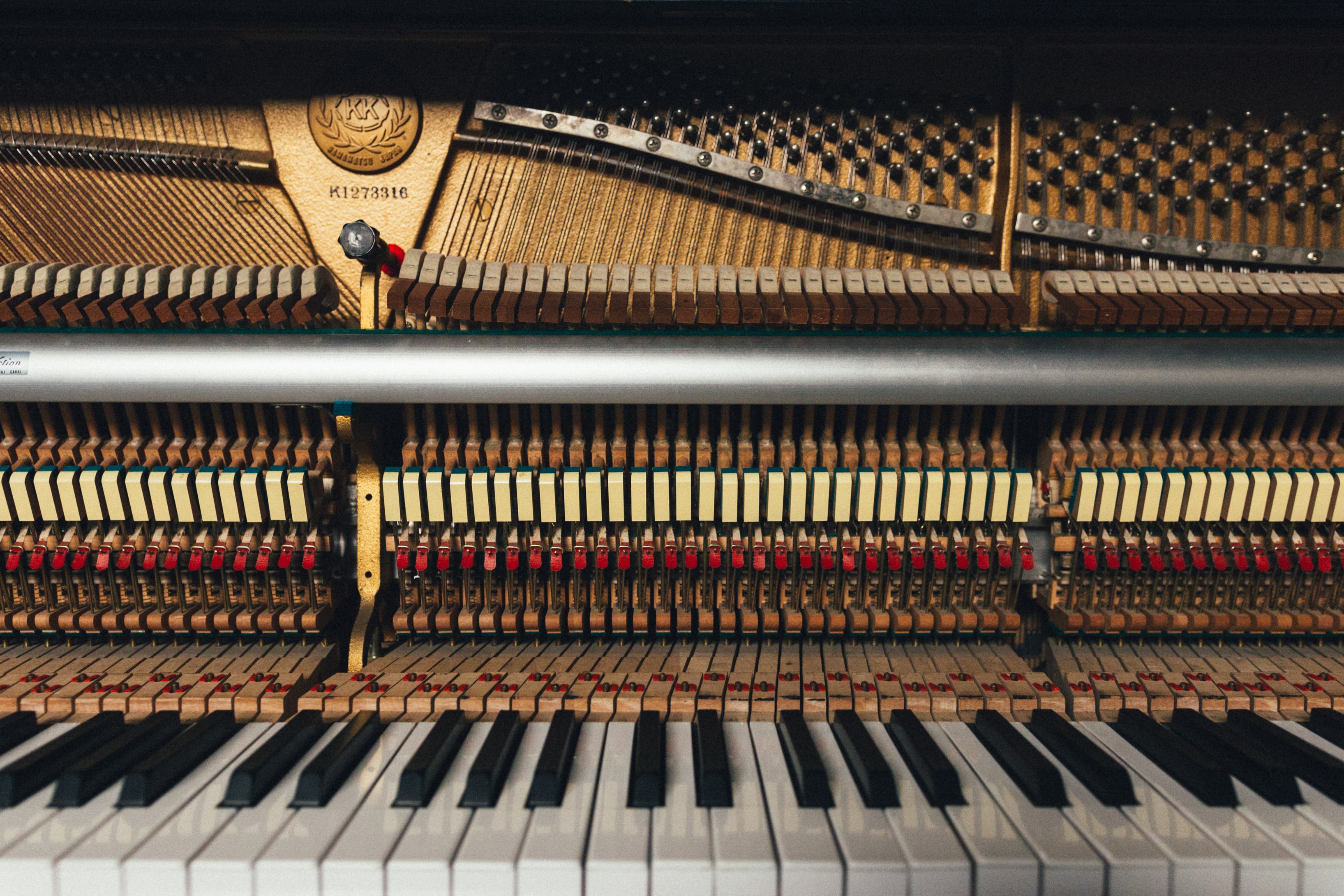 Is It a Percussion or A String Instrument?
Is It a Percussion or A String Instrument?





